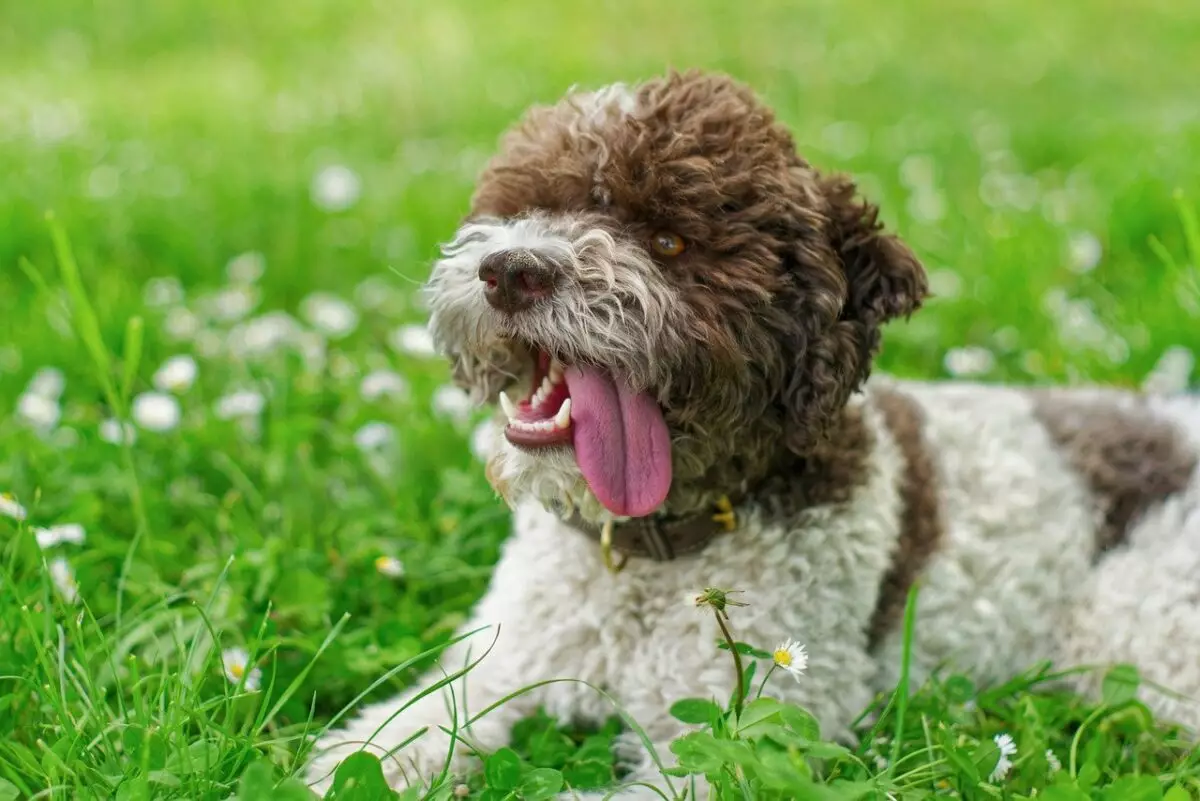In an era where most people are familiar with popular dog breeds, such as Labradors and Golden Retrievers, there exists a fascinating collection of rare dog breeds that capture the imagination. These canines are not merely pets; they are living embodiments of cultural history, serving specific purposes in their native lands. From their unique physical attributes to their distinct behaviors, rare dog breeds hold both charm and intrigue. This article delves into the remarkable world of these elusive companions, examining their origins, special traits, and the challenges they face today.
Each rare dog breed carries with it a rich tapestry of tradition and heritage. Many of these breeds have been developed and refined over centuries within specific geographical contexts, which speaks volumes about their purpose and function. For instance, the Azawakh, a noble sighthound from the West African Sahara, has been employed by nomadic tribes for both hunting and livestock protection. Its slim athletic build and remarkable speed are also complemented by fierce loyalty, making it a trusted companion to those who rely on it amidst the harsh desert conditions.
Conversely, the Norwegian Lundehund offers a stark contrast with its extraordinary physical characteristics adapted for its unique role in puffin hunting along Norway’s rugged cliffs. Six toes on each foot and extraordinary flexibility ensure that this breed can navigate treacherous terrains in pursuit of its avian quarry. Yet, the evolution of hunting practices has nearly extinguished this breed, which serves as a reminder of how changing human behaviors can impact animal populations.
Rare breeds often grapple with survival in today’s rapidly evolving world. Many, like the Otterhound, which was once bred for otter hunting, have found their numbers dwindling due to changes in societal norms and ecological circumstances. With fewer individuals being bred, these dogs face the risk of extinction. The Otterhound’s blend of webbed feet, waterproof coats, and strong olfactory senses makes it perfectly suited for water activities, but the decline of otter hunting has signaled a significant downturn in its appeal.
Similarly, breeds like the Thai Ridgeback, known for its distinctive hair ridge along its back, remain a rarity outside their homeland. This rarity not only limits their visibility but also their chances of survival. Experienced dog owners who appreciate the independent nature of the Thai Ridgeback are often hard to find. Such scarcity can lead to a lack of socialization and exposure, limiting the breed’s appeal and increasing the risks associated with inbreeding among the dwindling population.
A standout feature of rare breeds is their unique aesthetics and personalities. The Mudi, a Hungarian herding dog, boasts a spirited character that perfectly complements its versatility. Relying on agility, intelligence, and an insatiable work ethic, the Mudi excels in various tasks, from herding livestock to engaging in search and rescue missions. This breed remains lesser-known than its counterparts, such as the Puli, but its rarity adds to its allure, particularly among dog enthusiasts seeking distinctive companions.
The Canaan Dog, deeply rooted in the rich heritage of the Middle East, exhibits independence and adaptability, having thrived in the wild for centuries. Those attracted to such breeds often find their unique characteristics emotionally rewarding. The Canaan Dog’s strong instincts and loyalty make it a cherished companion for those who can appreciate its assertiveness.
In today’s world, awareness of and respect for rare breeds is essential to ensuring their survival. Organizations dedicated to the preservation of dog breeds, as well as passionate breeders and enthusiasts, play critical roles in advocating for these remarkable animals. For instance, awareness around the Lagotto Romagnolo, famously known as the “truffle dog,” is growing thanks to its exceptional hunting abilities and friendly disposition. However, being considered an uncommon breed still presents challenges in terms of public recognition and acceptance.
While certain breeds like the Xoloitzcuintli (or Xolo) capture the attention of dog lovers due to their ancient lineage and unique hairless appearance, the public’s lack of familiarity can be a barrier when seeking to adopt or support these breeds. The Karelian Bear Dog and Peruvian Inca Orchid also face similar challenges despite their storied pasts and distinctive traits.
Owning a rare dog breed isn’t merely about having a pet; it signifies a connection to history and a commitment to preserving these remarkable genetic lineages. As society evolves and trends change, rare breeds continue to forge their paths, each with unique stories and characteristics. Those who choose to care for these dogs often find that they become not just companions but also key components of a larger narrative that bridges the past with the present. For anyone lucky enough to share their lives with one of these rare breeds, the experience is enriched by the knowledge that they are protecting a slice of history, ensuring that these extraordinary dogs continue to thrive.


Leave a Reply